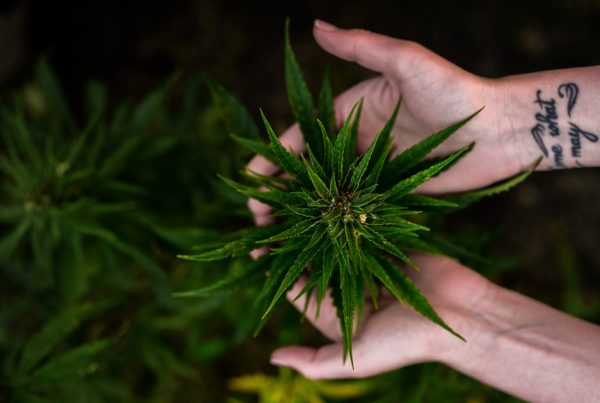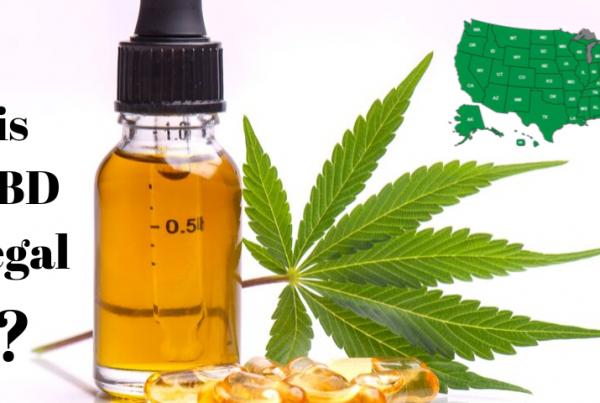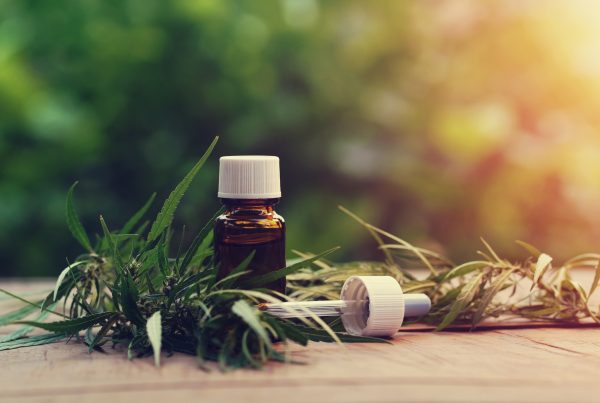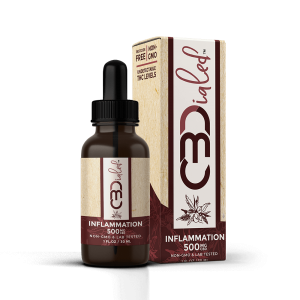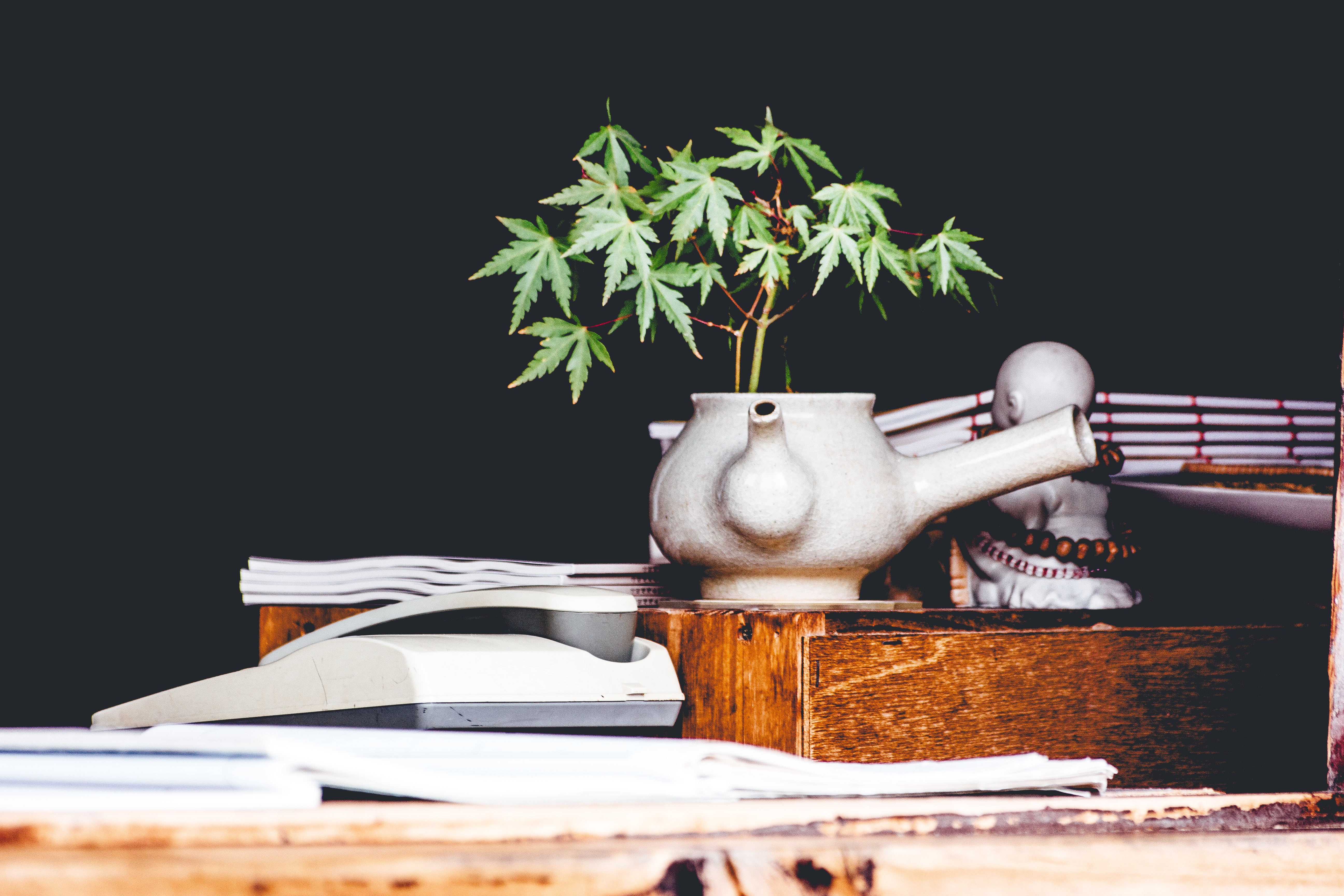
What is CBDa? It’s a common question and often draws a lot of confusion. Newcomers to medical or recreational cannabis use have likely just grasped the concept of CBD – the cannabinoid that doesn’t get you high. Now, we’re introducing CBDa, and we’re not trying to cause confusion. We’ll answer what is CBDa, along with how to obtain it, use it and how it converts to CBD a little later.
Yes, CBDa converts to CBD, we’ll explain how later. Let’s start by explaining a little bit about what CBDa is first.
What is CBDa?
CBDa’s scientific name is cannabidiolic acid. It is a non-intoxicating cannabinoid found in hemp and cannabis plants. While the plants are live, the cannabinoid is CBDa. This compound is found in the resin glands of cannabis plants. These resin glands are also called trichomes.
It is an “inactive cannabinoid” that requires activation.
When that activation occurs, CBDa becomes CBD.
To put it simply, CBDa is present in raw cannabis and hemp plants. Raw refers to living plants that have not been harvested or processed.
How to Activate CBDa
We know you’re trying to get the question of what is CBDa answered, but we need to get into how it becomes CBD first. When CBDa is heated (activated) it converts to CBD. This is also known as decarboxylation.
When heat is applied, the acid molecules of the cannabinoid break down and convert over to the cannabinoid you know well – CBD. CBDa needs to be heated to at least 270 degrees Fahrenheit to convert to CBD.
It is important to point out that some decarboxylation takes place as a freshly harvested cannabis or hemp plant dries and cures.
What Happens When Cannabis and Hemp are harvested?
Let’s talk about what happens to cannabis and hemp plants when they’re harvested for a minute. The plants soak up water and nutrients while they grow. The minute the plants are cut, it shocks the plant. This puts the plant into survival mode to keep as many of the nutrients inside them as possible.
This instant stress causes the plant to “sweat” when trimmed.
Atmospheric pressure causes the molecules of the buds to experience a chemical change. As these changes take place, the acids in the plant start to break down.
CBDa May Serve a Similar Purpose to CBD
This might be confusing as you’re trying to learn what CBDa is, but we’ll put it in simple terms for you. CBDa works the same way in the body as CBD does. The difference is that the cannabinoid has not been heated and does not need to be smoked to be ingested.
The difference comes in the interaction of CBDa with the body. Unlike CBD, CBDa does not stimulate the endocannabinoid system in the same way.
Multiple studies have been conducted on the potential healing properties of CBDa on various issues. Some findings indicate that the suspected efficacy of this cannabinoid could have truth to it.
Due to the restrictions that exist regarding cannabis and hemp-related research, some studies were conducted on rats. It can be difficult to learn what CBDa is when scientists can’t run a full clinical trial or broad study due to these restrictions, but helpful information has been made available on the research that has been conducted.
Potential Benefits of CBDa
CBDa is just one of 113 known phytocannabinoids. CBDa may support better or appropriate responses from systems in the body – such as a more appropriate response from the inflammatory response system, as an example. We’ll take a closer look at some of the potential of CBDa in the next few sections.
CBDa and the Upset Stomach
We’re learning more about what CBDa is and what its potential could be. A study from 2017 indicates that CBDa shows potential, in rodents at least, for its antiemetic properties, could be an option for easing nausea and vomiting.
Mental Health and Cannabinoids
When cannabinoids work together in the body, the entourage effect can occur. The entourage effect is possible when all of the naturally-occurring cannabinoids in hemp and cannabis plants are present together and enter the body together. This creates synergy. When one component of the natural components of cannabinoids is missing, it leaves a missing piece in the puzzle, so-to-speak. While the other cannabinoids may still do their jobs, there’s still a misfire if one cannabinoid is missing.
Non-intoxicating cannabinoids are thought to have potential for those with some mental illnesses. What is CBDa doing in this equation? CBDa is a non-intoxicating cannabinoid, as we mentioned above, may be part of the equation of non-intoxicating cannabinoids for some mental illnesses.
CBDa plays very well with others. What this means is that yes, it might work alone, but it works better when it’s teamed up with other cannabinoids.
Some of those cannabinoids include:
- CBC
- CBDa
- CBG
- CBGa
- THCV
- THCVa
Cannabinoids each work in a different way in the body. When multiple cannabinoids are present in a CBD or cannabis product, they work together with terpenes to create synergy that leads to the entourage effect.
Inflammation and CBDa
When you’re wondering what is CBDa and how it may support healthy inflammation response, it might get confusing.
COX-2 is a troublemaker in the body. It likes hormones called prostaglandins. These hormones are attracted to areas of the body where infection exists. When these troublesome hormones are present in the body on a regular basis, this may explain chronic inflammation and might be why arthritis flares up so much sometimes.
How do you Use and Obtain CBDa?
Now that you have learned what is CBDa and where it comes from, we need to help you understand how to use and obtain it. The best way to obtain CBDa is in raw cannabis juice. This is done by taking a freshly harvested cannabis plant, chopping it up in manageable pieces and putting it in a juicer. You’ll also want to include the leaves.
You can do the same with hemp plants as CBDa is also present in hemp plants that have not gone through a decarboxylation or extraction process.
There are a few products available that contain CBDa, but depending on where you live, they might not be available to you.
Some of those product forms include:
- Juices
- Tinctures
- Condiments like salad dressing
- Smoothies
- Some sauces
You can also take the leaves of the hemp plant and steam them very gently for use in meals. The heat must be low so that the CBDa does not decarboxylate to CBD. Any extra leaves can be stored in the refrigerator.
Take the leaves and use them immediately after harvesting your hemp or cannabis plant. If you are using raw cannabis, there will be more cannabinoids available to you.
Closing Thoughts
Now that we’ve helped you understand what is CBDa and where it comes from, we hope that you’ll make it a part of your cannabinoid ingestion regimen. To make it simple, CBDa is just CBD before it’s heated (activated). It’s an inactive cannabinoid that does perform “jobs” in the body.

